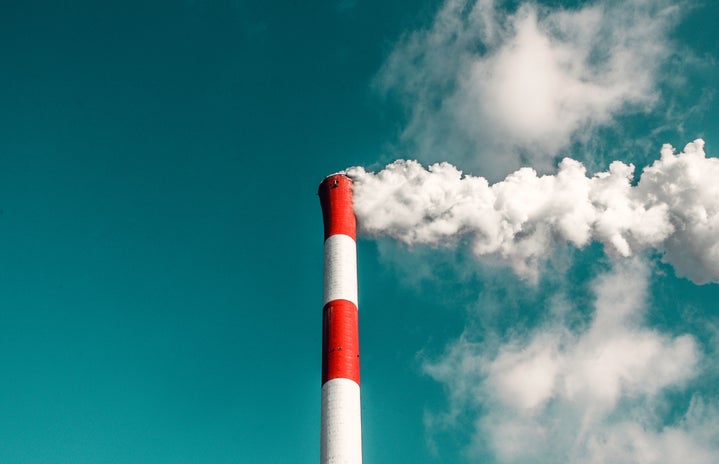Mooresville, North Carolina is one of the fastest growing towns in the Charlotte-area. It is a quaint, charming town situated on the heels of Lake Norman. My family and I moved there in 2012.
When we moved we did not know about the million tons of coal ash buried in the ground, used in construction, and produced by nearby Marshall Steam Station.
Coal Ash is a toxic substance produced by coal fired power plants. Coal ash contains chemicals like mercury, cadmium and arsenic. It can pollute groundwater, waterways, soil, and the air. According to the EPA, over 130 million tons of coal ash were produced in 2014. This makes it the biggest type of waste produced in the U.S.
Exposure to coal ash can have hazardous short-term effects on people including nose and throat irritation, nausea, vomiting and dizziness. Those who are exposed to coal ash in the long-term can develop liver and kidney damage, heart disease, and a plethora of cancers.
In my hometown, Susan Wind opened the floodgates when she learned her daughter had developed thyroid cancer. She was just sixteen years old when she was diagnosed. Wind found that multiple people that lived on her street had gotten diagnosed with either a thyroid tumor or thyroid cancer. In both zip codes of Mooresville, thyroid cancer rates are higher than the state average by almost double. Those who want answers turn to the Marshall Steam Station, a coal-fired power plant that sits right on the border of Iredell and Catawba county. It sits on the edge of Lake Norman and is owned by Duke Energy, one of the biggest energy companies in the United States. As a result of the coal burning, Marshall leaves behind coal ash. Over sixteen million tons of ash are in an unlined basin next to the steam station.
Duke Energy has agreed to clean up over 70 million tons of toxic coal ash throughout North Carolina, making it the most expansive coal ash cleanup in the United States. They plan to move coal ash next to steam plants onto lined basins. Lined basins seal in the ash so that chemicals can’t leach into the groundwater. This does not stop coal ash from moving due to natural occurrences including wind and rain.
Next to steam plants is not where coal ash stops, though. In Mooresville, 40,000 tons of coal ash are buried close to a local high school. Nicknamed “Coal Ash Corridor”, the town of Mooresville contains around 1 million cubic yards of coal ash. At a local tire shop, sits an open sinkhole filled with 55,000 cubic yards of coal ash. Since 2020, NCDEQ has no plan for this open pit of ash.
There are over 400 coal-fired power plants across the US, meaning that coal ash is all over the United States. Coal ash has contaminated drinking water, as seen in Town of Pines, Indiana. Coal ash has also contaminated private wells across the nation due to unlined basins.
In 2015, the EPA established rules to regulate coal ash as a result of the largest coal ash spill in US history. This rule contained many loopholes and did not consider coal ash as hazardous. Instead, coal ash was considered the same type of waste as garbage. In 2023, the EPA drafted a rule regulating all types of coal ash and establishes more federal regulations on older power plants.
The effects of coal ash will have a lasting impact on human health and the environment. Once coal ash is produced, there is no way of fully disposing of it. With the 2023 ruling and more regulation on the way, people affected by coal ash contamination will get justice.


